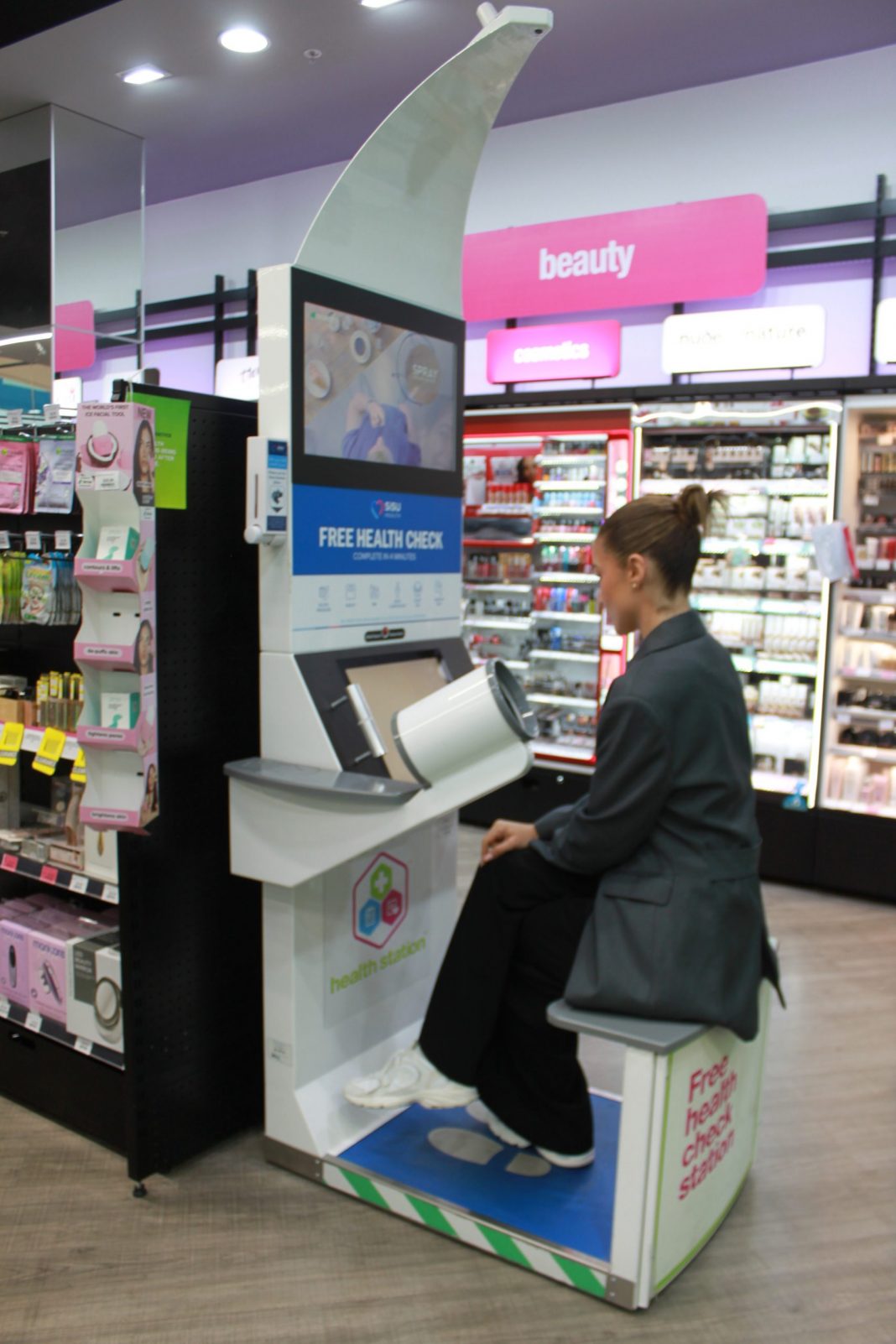Priceline Pharmacies have provided more than three million health checks on health stations since rolling them out nationwide in 2015.
Health checks from the past two years shows that Australians are improving on key health metrics that were experiencing declines during COVID lockdowns. The medical grade self-service stations are free to use and measure blood pressure, heart rate, height and weight for body mass index (BMI) and body fat percentage. They also assess diabetes
risk, perceived stress levels and smoking status, all within five minutes.
Priceline Pharmacy Retail Director Richard Pearson said: “Priceline Pharmacy believes health care should be accessible for all Australians. Our 310 health stations are in stores across every state and territory, from major cities to regional and remote towns. They’ve provided 1.2 million Australians important insights about their health and health risks, all in the time it takes for a script to be filled.”
The data provided by repeat users of Priceline health stations provide valuable insights into the health of the nation. Over the last two years* repeat users demonstrated a strong bounce back from the impact of COVID lockdowns:
• Users with high blood pressure (140/90mmHg or higher) decreased by 18 per cent
• Users with high body fat percentage (risk level varies by age and gender) decreased by
6.4 per cent.
• Users with high BMI (BMI 30-35) decreased by 1.4 per cent.
• The number of smokers decreased by 9.1 per cent.
• Users achieved a net weight reduction of 12,471 kg.
During COVID lockdowns, all key longitudinal health risks had increased by the end of 2020. Other top findings from Priceline health station data over the past two years* include:
• Amongst both women and men, the highest proportion of health station users were in the 25-34 age bracket.
• Australian men, who represent 47 per cent of users, are less healthy than Australian women across a range of key measures including high blood pressure (17 per cent compared to 13 per cent ), high BMI (26 per cent compared to 23 per cent), high body fat percentage (55 per cent compared to 32 per cent), smoking prevalence (19 per cent compared to 15 per cent) and diabetes prevalence (6% compared to 4 per cent)
• 65 per cent on men are classified as either overweight or obese. This is 49 per cent for women.
• Women are almost twice as likely to report high perceived stress levels compared to
men.
*Longitudinal measurement of repeat Priceline health station users between 1 October 2021 and 30 September 2023.






